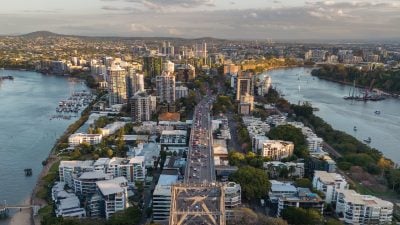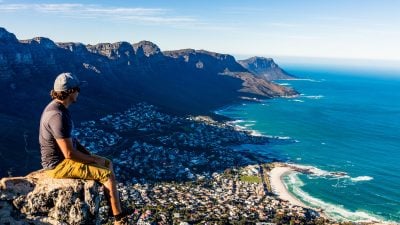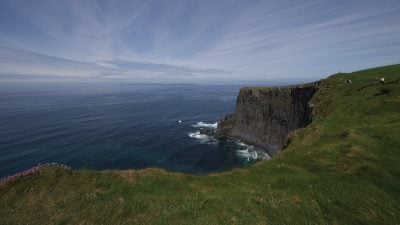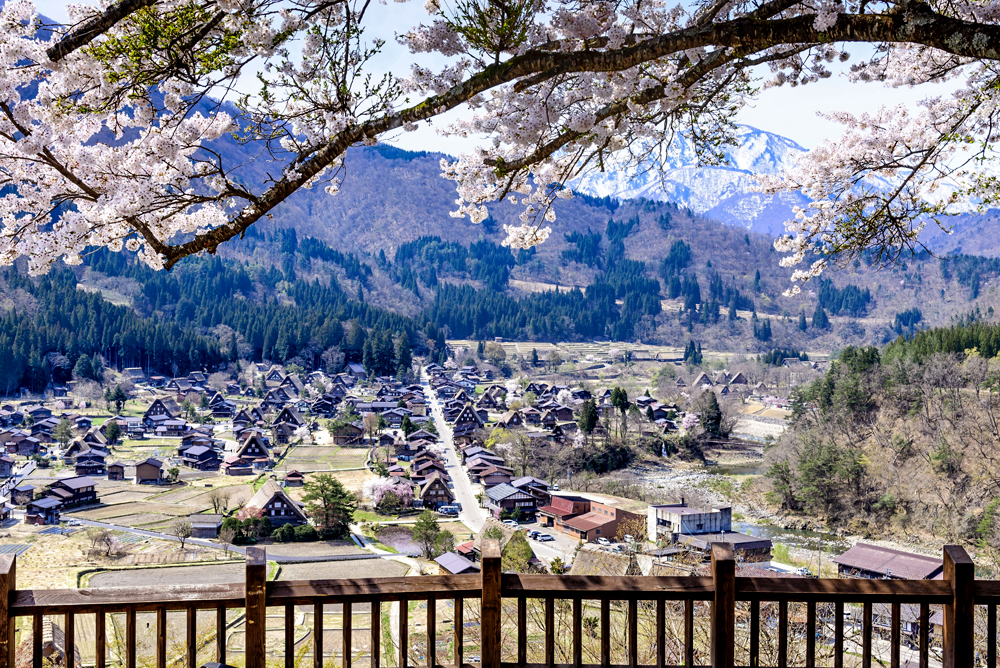
Discover Hidden Treasures on Japan Tours
There’s a lot to see and do on Japan tours, so there’s no shame in focusing on the big attractions for the first (or even second) time you visit. That being said, if by the third time you head to Japan all you’re doing is seeing the highlights in Tokyo and Kyoto, you’re missing out on a lot of the special things to experience in the country. This is a nation filled with hidden treasures. If you know where to look, you’ll be amazed by what it’ll reveal to you.
Sapporo
You may recognize the beer name, but did you know that Sapporo is also a massive city in Japan? Sadly, a lot of people who travel on Japan tours never learn anything about the northern island of Hokkaido and its capital of Sapporo, much less visit it. You should change that the next time you visit. The northern island of Hokkaido has a rugged natural environment and is especially popular in winter, when the heavy snowfall attracts people for festivals like the Sapporo Snow Festival. There’s lots to enjoy in Sapporo all year round. Aside from visiting the Sapporo Beer Museum, which traces the history of Japan’s oldest beer brand, you can enjoy the green spaces of Odori Park, admire views from the Sapporo TV Tower, and learn about Hokkaido’s unique history at the open-air museum. Also, be sure to have some ramen, as miso ramen originated here.
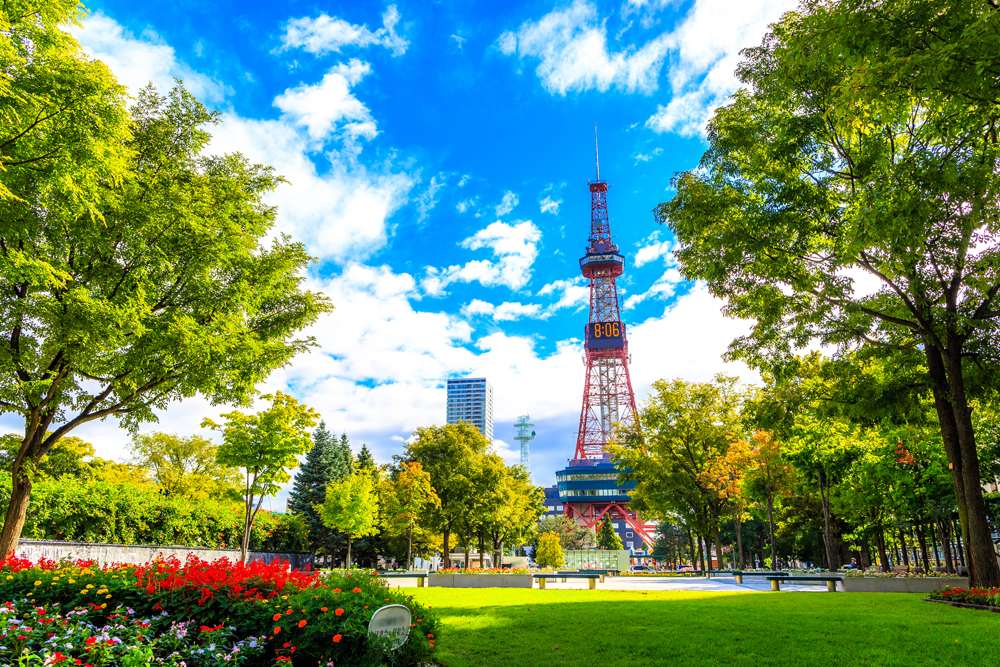
Shikoku Island
Shikoku is the smallest of Japan’s major islands, and as the “runt of the litter,” it doesn’t get as much attention as its siblings. This is too bad as there’s a lot to love about this spot that goes almost entirely unnoticed by tourist crowds. Located to the south of Honshu and just to the northeast of Kyushu, Shikoku has large cities such as Matsuyama and Takamatsu that offer the sort of modern pleasures you’d expect on Japan tours. But the island is most stunning due to its natural environment. The island is dotted with mountains and lush forests and there are lots of river systems that should appeal to any active travellers wanting to go white-water rafting while in Japan. You’ll find interesting historical sites in Matsuyama such as Matsuyama Castle and Dogo Onsen, which is one of the oldest onsen in the country. The island is also home to the 88 Sacred Temples of Shikoku, one of Japan’s most famous pilgrimage trails (just behind the Kumano Kodo trails). The full pilgrimage route takes you along 746 miles/1,200 kilometres of trails to all 88 sacred temples, as well as several other shrines that don’t count towards the total. Walking just a bit of this pilgrimage trail and visiting a few of the temples can prove to be one of the most memorable experiences on your trip to Japan.

Mount Koya
Located on the Kii Peninsula to the south of Osaka and Nara, Mount Koya has quietly been gathering buzz as one of the most unique spots to visit in Japan. This forested mountain is covered with a village that’s home to Buddhist temples and is the centre of the Shingon Buddhist sect, founded by Kobo Daishi in the 9th century. The temples and graveyards and the small streets passing through the forest give the mountain an atmosphere that’s worth experiencing, but there’s more to the mountain than the peaceful vibe. It’s also a great place to do a temple stay in one of the main Shingon temples, where you can sleep inside the temple grounds, enjoy Buddhist vegetarian cuisine, and even join the monks in their rituals. If you plan on booking a stay, book well in advance as the spaces fill up. It’s about a two-hour train ride from Osaka to get to Mount Koya, and then another few minutes up the cable car to the top of the mountain. The travel time is worth it.
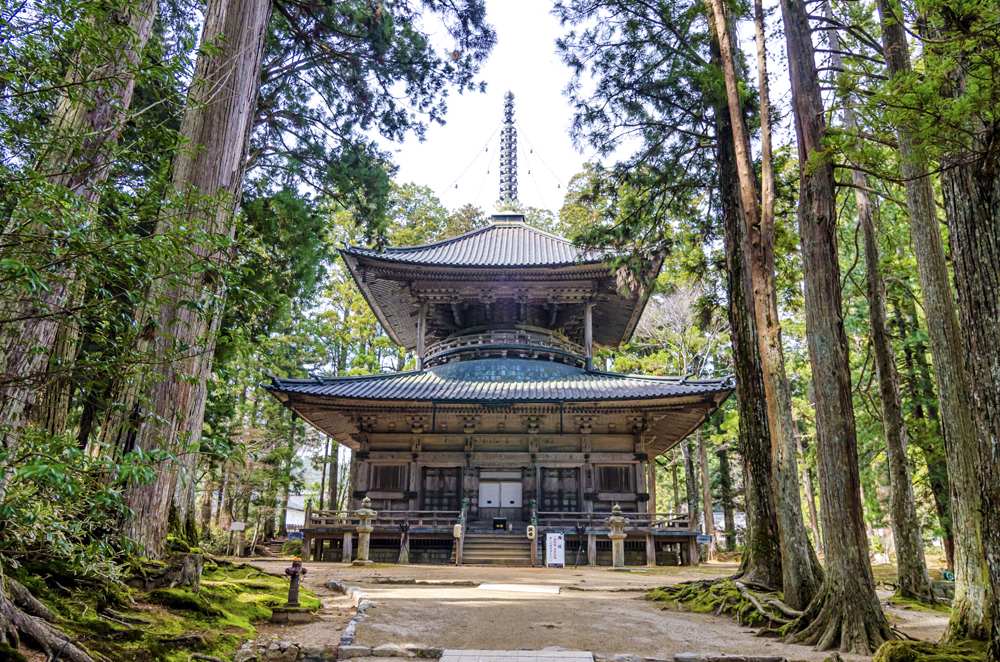
Takayama
Takayama may no longer be the unknown destination it was even a decade ago, but this town in the Japanese Alps remains one of the best spots off the usual tourist route. Located to the northwest of Tokyo, close to Kanazawa and the Sea of Japan, Takayama is like something out of a Studio Ghibli film. The lovely, mostly-wooden homes line the hillside and run on either side of a rocky river. The town comes alive during the Spring Festival, which features elaborate parade floats each April, but even if you aren’t in town for the spring, you can see the floats year-round at the Festival Floats Exhibition Hall. The old quarter is full of sake distilleries and old samurai houses with the traditional wooden slating, and there’s a hill with a quiet graveyard and a few stones left over from a mountain watchtower that makes for a magical environment to spend an hour in (and a great spot for views overtop of the town). The Hida Folk Village in the town’s southwest has several traditional thatch-roof farmhouses that used to be the main housing in the mountains and gives you a glimpse into traditional mountain lifestyles. I’m almost hesitant to recommend it lest it become too popular and lose the quiet appeal that makes it seem like a real discovery, but I can’t keep the town to myself. It’s a magical place that everyone deserves to experience.
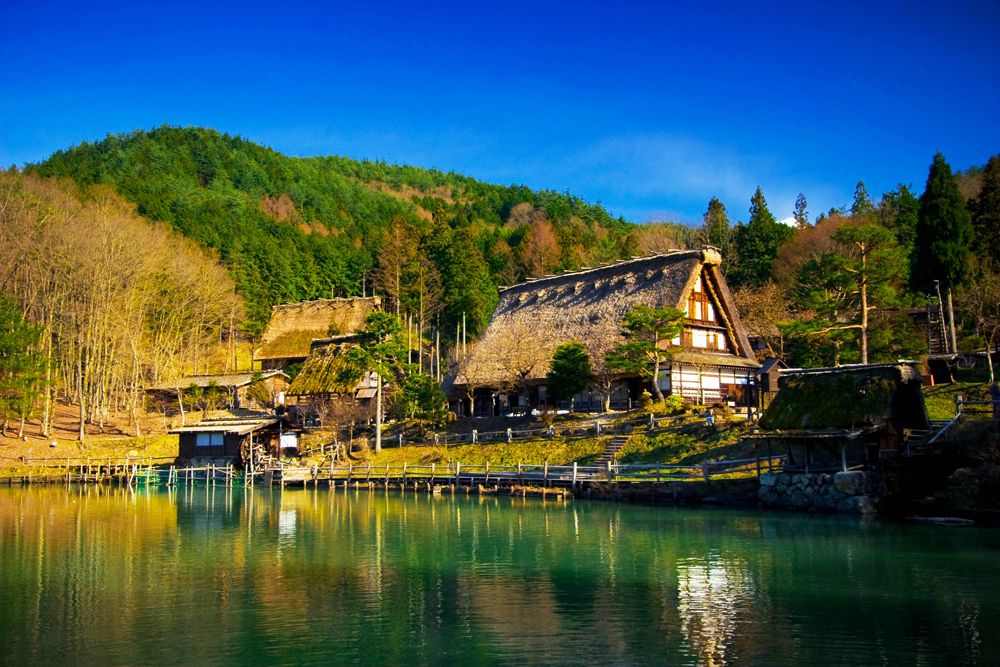
Kenroku-en in Kanazawa
If you know anything about the Japanese, you know that they love gardening. It’s considered an art form. As well, in a country as packed with people as Japan, a well-manicured garden is a haven within a bustling city. Few gardens are as gorgeous as Kenroku-en in Kanazawa. In fact, it’s considered one of the Three Great Gardens of Japan. The garden comprises a little over 27 acres/11 hectares of land just to the southwest of Kanazawa Castle. You’ll find typical Japanese Zen gardens here, but also wider avenues with cherry trees and a large pond with a teahouse right on its banks and an island in the middle. There are gorgeous walking bridges and manicured lanes and more flowers, trees, and toro (stone lanterns) than you can count. It’s a gorgeous place and makes Kanazawa something of an essential stop on Japan tours.
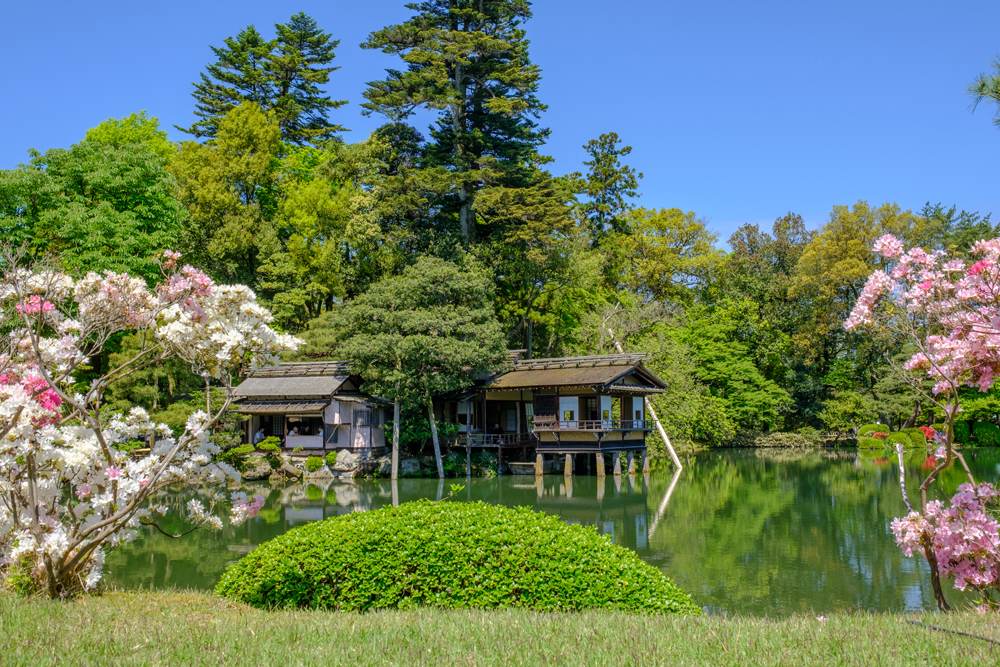
Beppu
Part of the joy of visiting Japan is relaxing in onsen, the traditional Japanese spas that draw on the abundant natural hot springs in the Japanese archipelago. Beppu, on the island of Kyushu, is a gem of hot springs and arguably the epicentre of onsen culture in the entire country. This resort hill city has around 2,000 onsen within its borders, so you’ll never be lacking for hot water while here. There are nearby volcanoes that are fascinating natural attractions and the bubbling natural pools of the Hells of Beppu showcase just how intense the geothermal activity gets here. Beppu offers a lot of fascinating volcanic landscape and all the pampering hot springs you could ever ask for. What’s not to like?
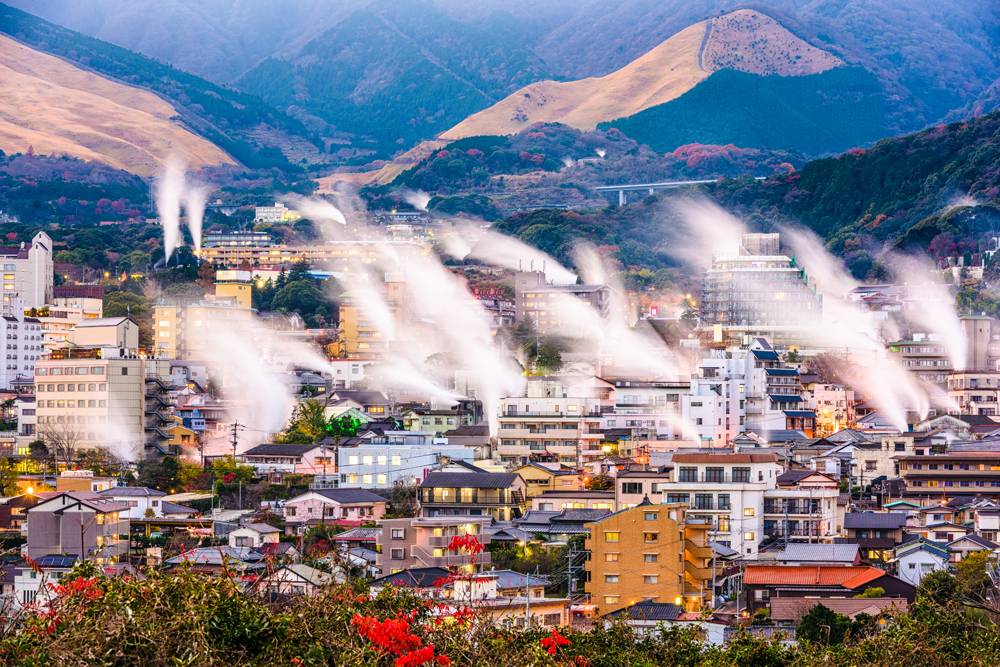
Pilgrimage Trails of Kumano Kodo
The pilgrimage trails of Kumano Kodo are Japan’s version of the Camino de Santiago in Spain; along with those Catholic holy sites, the Kumano Kodo are the only pilgrimage trails in the world that are UNESCO-listed. They’re also a stunning series of forest trails across the Kii Peninsula that lead you to the Three Grand Shrines of Kumano. While traditionally it’s only Buddhist pilgrims who walk these trails, they’re open to everyone, and if you like nature hikes, you should consider adding one of the trails to your itinerary. The Imperial Route of Nakahechi is the most popular, taking hikers from the west coast of the peninsula near Tanabe to the eastern shrines. However, there are four popular routes that are all worth visiting, and some even connect to Mount Koya (although these remote trails are mostly hiked by monks). As you hike, you visit small red shrines known as oji in the forest and stop each night in small minshuku or Japanese guest houses along the way, recouping with good food and relaxation in an onsen.
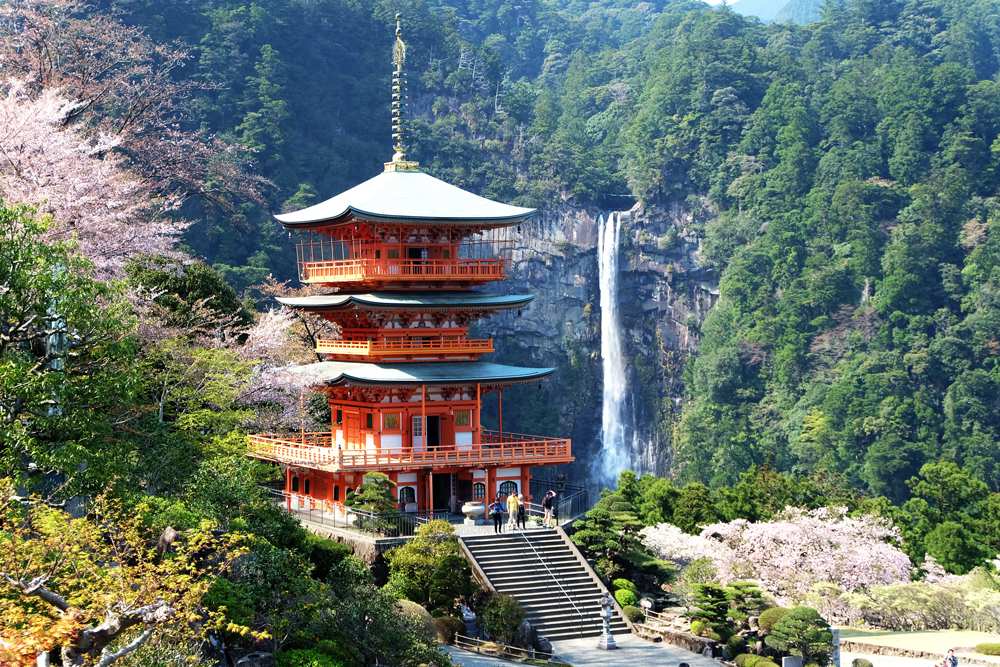
Nagano
Back in 1998, Nagano broke into the international spotlight as the host town for the Winter Olympics. And then just as soon as its name became known across the world, it receded from the spotlight and returned to being the lovely mountain town known for its temples and winter sports. This unpretentious vibe is a part of what makes Nagano so enjoyable to visit on Japan tours. It’s also the many historical sites and natural highlights you’ll find in and around the town. It is home to Zenko-ji, one of the greatest temples in Japan, which dates back to the 7th century, as well as the Shinto shrine Togakushi, which consists of five different levels of shrines about 3 miles/5 kilometres apart from each other. There’s Matsushiro Castle and Mount Togakushi overlooking the town. Perhaps most appealing is Tsugaike Ski Resort, which offer world-class skiing and winter sports to the west of the town. If you visit Japan in winter, you have to make time for Nagano and its many opportunities for snowy sport.
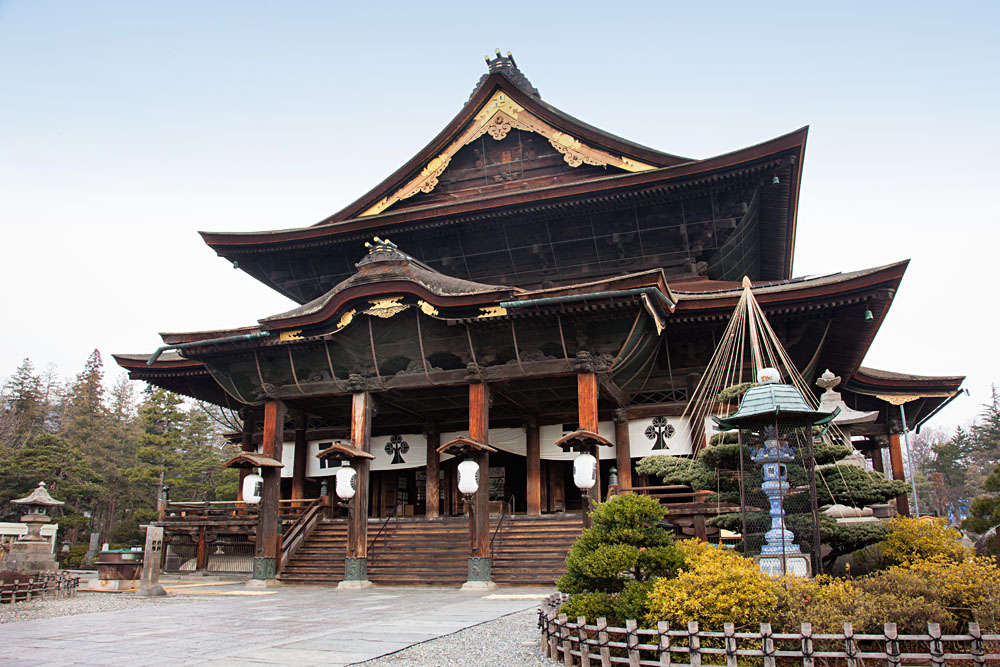
As you can see, if you restrict yourself to simply the popular tourist route from Tokyo to Kyoto and Osaka, you’ll miss out on a lot of what makes Japan tours so special. This is a nation whose every corner reveals a new historical temple to contemplate, a new culinary specialty to savour, and a new natural sight to take your breath away. It’s a land of hidden treasures and infinite wonder.

Get more travel inspiration by email.
Subscribe
0 Comments

Get the latest travel trends & hear about the best deals on vacations around the world.
If you’re a Globetrotter, these are the newsletters for you!

